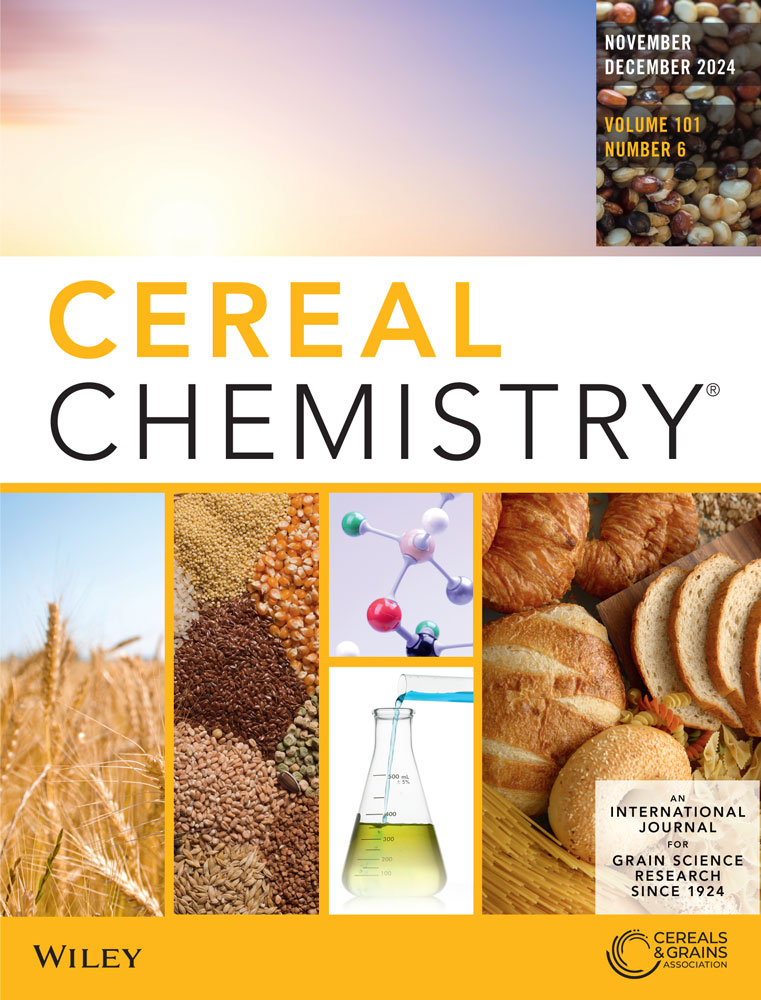Investigating the Potential of Fine Bulgur-Wheat Flour in Lebanese Flatbread for Enhancing Food Security and Consumer Satisfaction
Abstract
Background and Objectives
Lebanon reliance on wheat imports presents significant challenges to food security, necessitating innovative strategies to incorporate locally available resources. Bulgur, a staple ingredient in Lebanese traditional cuisine, is widely produced in Lebanon. It is a promising ingredient for enhancing the sustainability of Lebanese flatbread production while reducing dependency on imported wheat. This study evaluates the sensory (crumb and crust color, texture, odor, flavor, roll-ability, fold-ability, and overall acceptability) and analytical (moisture content, pH, water activity, and yeast/mold formation) characteristics of Lebanese flatbread prepared with varying bulgur content (0%–20%).
Findings
The inclusion of bulgur did not significantly impact sensory attributes except for roll-ability and fold-ability (p ≤ 0.05). Positive correlations were observed between these attributes and odor and overall acceptability (p ≤ 0.05).
Conclusions
Incorporating bulgur in bread was well accepted by consumers and maintained a shelf life of 5–6 days. This is the first study in Lebanon to investigate the integration of bulgur into Lebanese flatbread, showing its high local production and cultural relevance.
Significance and Novelty
By proposing a practical application of bulgur in staple food production, this study differentiates itself by addressing both economic and food security challenges, offering a sustainable solution for reducing wheat import dependency.

 求助内容:
求助内容: 应助结果提醒方式:
应助结果提醒方式:


